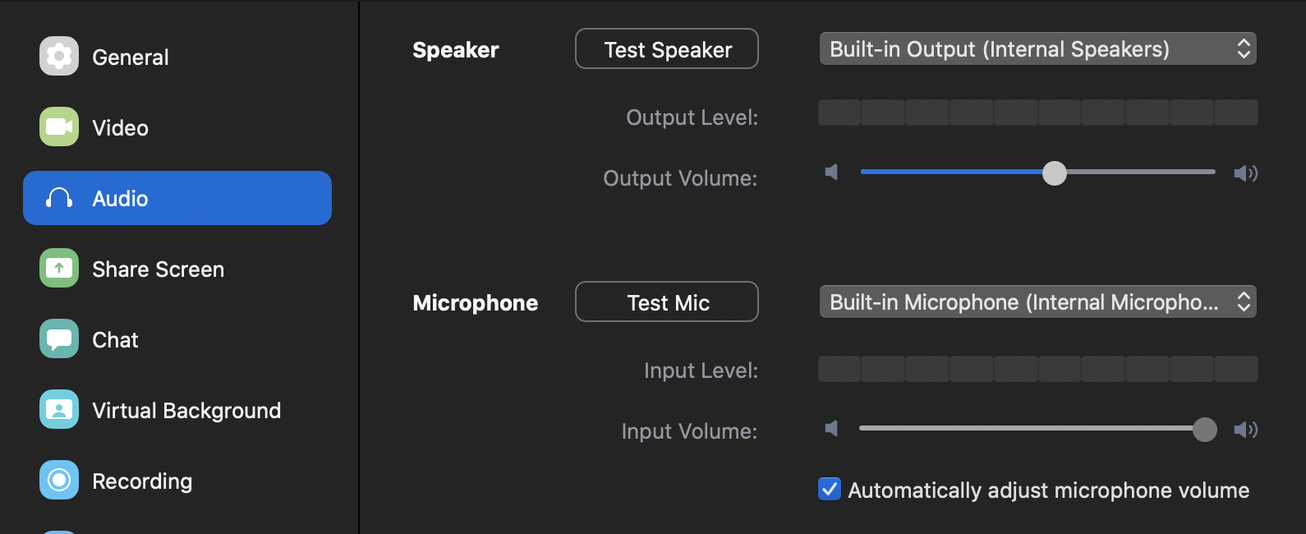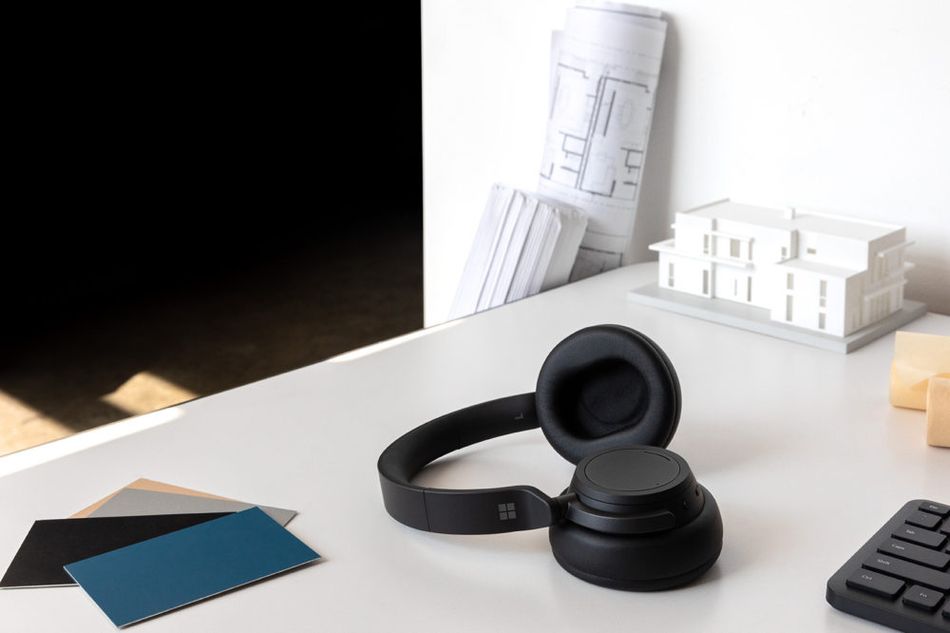
Like many, many others around the world, we’ve been working from home for close to six months here at Mashable due to the coronavirus pandemic. We miss our coworkers and our lunch spots, but we’ve managed to get by knowing we’re fortunate to be able to work from home at all.
Since we work on the internet, a big part of “getting by” has been learning the myriad ways tech can help and hinder us throughout the day. With that in mind, here are just a few of the basics that we and other remote workers have had to internalize and make part of our daily routines while our lives were turned upside down by the pandemic. We know you’d prefer to be back at the office or out with your friends, but take these tips to heart and working and videoconferencing from home can suck just a little bit less.
WiFi is important, it turns out
I’ll start with the most blindingly obvious problem that could possibly emerge in a world where most people are forced to either work or entertain themselves from home for months on end: Bad internet. It can happen to anyone, especially those of us who aren’t diligent about regularly testing and upgrading our equipment when necessary.
If you’re working online every day, spotty WiFi is a life ruiner. It makes communication with your coworkers very difficult, especially using any kind of video call service. Even if you’re not working online, having consistent internet is important for finding work, driving away boredom, and keeping up with the outside world.

You’ll barely notice Google Nest WiFi in your living room.
The most basic thing you can do if you suffer from crappy internet is check your router. First, it might be old and need to be replaced. My WiFi was suffering early in the pandemic, so I checked the back of the router and found out it had been in this apartment for nearly five years. Not great! You can either contact your ISP to get a replacement or buy an upgrade on your own. The first route is most likely the best option for most people because it’s cheaper and easier. But if you choose to go with the second, our friends at PCMag have a nice guide for you.
Second, plenty of folks like to hide their routers because, frankly, they don’t mesh very well with interior decor. This is a mistake. I realize you’re inherently limited by where your internet cable snakes into your home, but if you can, place the router high up in a central location. The signal will go farther and be stronger if it isn’t interrupted by walls and other big obstructions.
If that doesn’t work, you can invest in a WiFi extender or a mesh network. The former is a cheap device that might help, while the latter is more expensive but more likely to actually fix the problem. Last year’s Google Nest Wifi mesh setup worked wonders in my 100-plus-year-old building that is actively hostile to internet.
Once you’ve got your internet sorted out, you can safely have video calls with your coworkers or your friends. Unfortunately, there are problems with that, too.
So is light and sound
Again, this isn’t a new or especially obscure lesson, but I suspect plenty of folks have learned it the hard way since the pandemic forced everyone inside. When you talk to people over the internet using video or voice chat software, for the love of all that is holy and good, please use headphones.
Seriously. Nobody likes hearing their own voice echoing into the ether because someone on the other end of a Zoom call has their microphone and speakers active at the same time. This problem is as old as VoIP itself, but lots of folks, understandably, hadn’t had to solve it until recently. The key to fixing this, aside from making sure your headphones are actually plugged in or paired via Bluetooth, is to become familiar with settings menus.

For example, click on the settings gear icon in the upper right corner of the Zoom startup screen. Find the “Audio” section on the left side of that menu and you’ll be able to easily choose where your audio comes from and goes to. If you have headphones plugged in, Zoom should default to that for both. If you’ve still had trouble, make sure both the mic and speaker settings are set to your headphones, if you can.
The same goes for Google Meet, if you’ve been using that. The settings gear icon is also in the upper right corner of Meet’s startup screen and it should take you straight to the same kind of menu. Again, make sure audio is outputting to your headphones. Your friends and coworkers will thank you.
For video calls or, for some of us, filming videos, lighting is very important. Nobody likes to see someone’s dim face with a harsh glow behind them because they’re sitting below an overhead light. I am totally guilty of doing that, by the way, but make sure a light source is aimed at your face so people can actually, you know, see you.
This is probably overboard for standard Zoom calls, but if you make videos, something like U-STREAM’s 10-inch ring light could be worth considering.
As is minimizing background noise
I used to think noise cancelling headphones were only necessary outside of the home. You know, for noisy commutes and offices with lots of chatter. Back in the Before Times, I loved having a pair of noise canceling headphones whenever I needed to put my head down and finish some work with no distractions. Turns out that’s still true.
Being stuck at home still provides plenty of opportunities for distraction. If you live with other people, they have their own lives that produce noise just like yours does. This isn’t necessarily a bad thing on its own, but sometimes you need to drown it out. The same is true of other people in your building, if you live in an apartment.

The Surface Headphones can help you stay on top of your work, even at home.
The only downside to this reality is that noise cancelling headphones don’t come cheap. You’re going to spend a minimum of around $200 for a decent pair like the Sennheiser HD 450BT headphones, if you don’t find any on sale. For $250, the recently released Microsoft Surface headphones are extremely good and I personally recommend them.
As a bonus, some headphones can help with video and voice chat audio quality. The Bose NC700s are pretty pricey ($400 normally, but on sale for $339 at the time of writing), but their on-board microphones do an excellent job of rejecting outside noise for those on the other side of a call.
Most important? Take a break
Remember when I said tech hinders as much as it helps? I can give you advice about how to get the most out of your WiFi or headphones all day, but none of it will be as valuable as the final lesson we’ve all learned while working from home: Look away from the screen every now and then.
We understand that, without being in the office, any time spent away from your laptop or desktop computer feels “unproductive.” Those devices are your only connection to your work right now. However, the wisest thing you can do is give yourself time away from those screens each day. An hour or so is ideal, but if you can’t manage that, it’s fine. Figure out what works for you and do it.
All that matters is that you don’t become so absorbed by your devices that you become less productive. These are overwhelming times, so don’t let yourself become more overwhelmed than you need to be.
In summary, get your router out of the cabinet, wear headphones, and close the laptop every now and then. We don’t know how much longer this is going to last. We might be well into 2021 before many of us work in an office again. The last thing anyone needs is to suffer more because of their technology in the meantime.
Digital marketing







